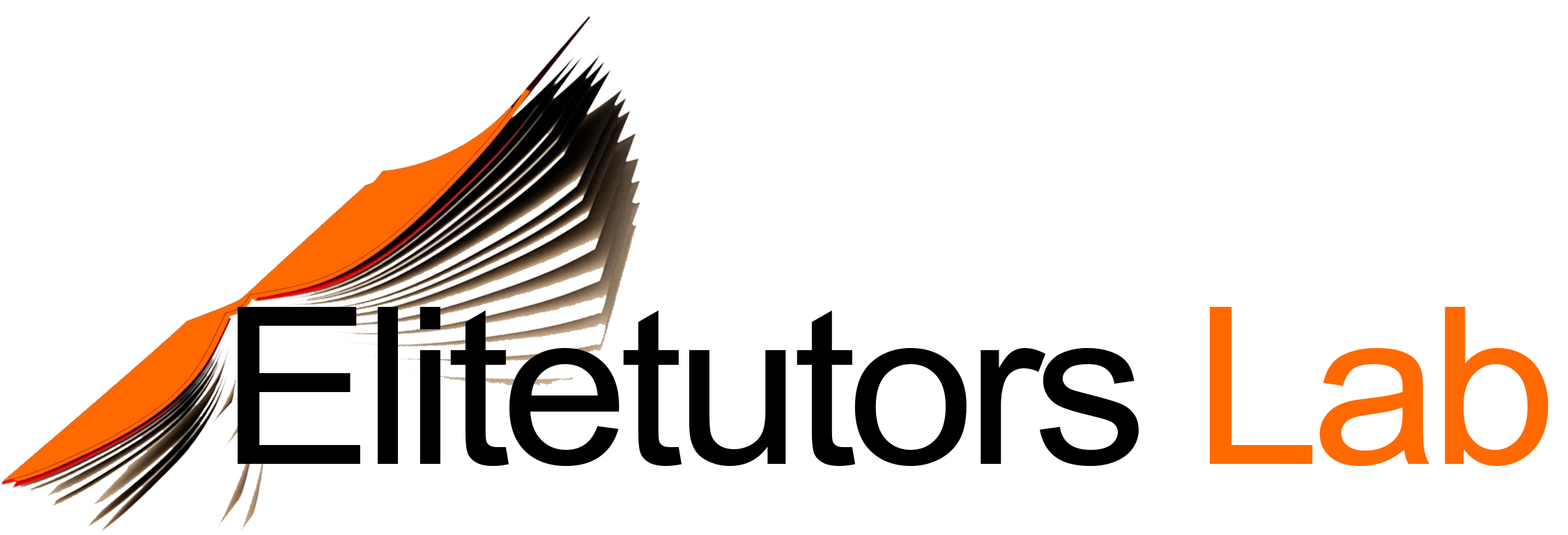Why do we have different seasons? Is there any relation between climate changes and the tilt of the Earths axis? Hint: use your books and the internet 2. Write a short essay on the following: a. Red giant: b. Hydrostatic equilibrium An equinox d. Magellanic Cloud: e Apophis: Cher? Antronomical Mazards 37 3. Discuss in detail five asteroids that struck the Earths surface. 4. Terrestrial planets are different from each other. Fill in the provided table with the radius mass density and total number of moons and satellites if applicable. Name Radius Mass Mean Density Number of Moons Mercury Mars Earth Venus 38 Astronomical Hazardschap 5. Fill in the provided table with the types of past astronomical meteorite strikes and the year location and climate changes caused by those strikes. Time/Year Type Location Astronomical climate hazards 6. Discuss in detail the steps of the astronomical hazards and their climatic consequences. Chapter 2 Astronomical Hazards 39 7. Does the Earth survive when the Sun becomes a red giant? 3. Name the four largest moon/satellites of Jupiter 9. Draw a sketch diagram in order to illustrate the path of Earths orbit around the Sun during summer and winter. Hint use your book and the internet. 40 Attonitalar peri 10. Explain in detail the origin of the Milky Way galaxy 11. Download the skyView free app and construct a table to illustrate the name of the planet/star by tapping the object on your iPhone screen. Include the distance from the Earth sky location constellation/galaxy and characteristics 12. List the main types of meteorites and their characteristics. Define chondrites. CO2 Astronomical Hazards 41 13. Use the data from the internet or your local newspaper in order to monitor the changes of the moon from a thin crescent to a full moon Hint: use AccuWeather. Date Time Shape Characteristics 1. 2 3 5. 6. 7. 9. 10 11. 12 13 14 15 42 Astronomical anards Chapte
